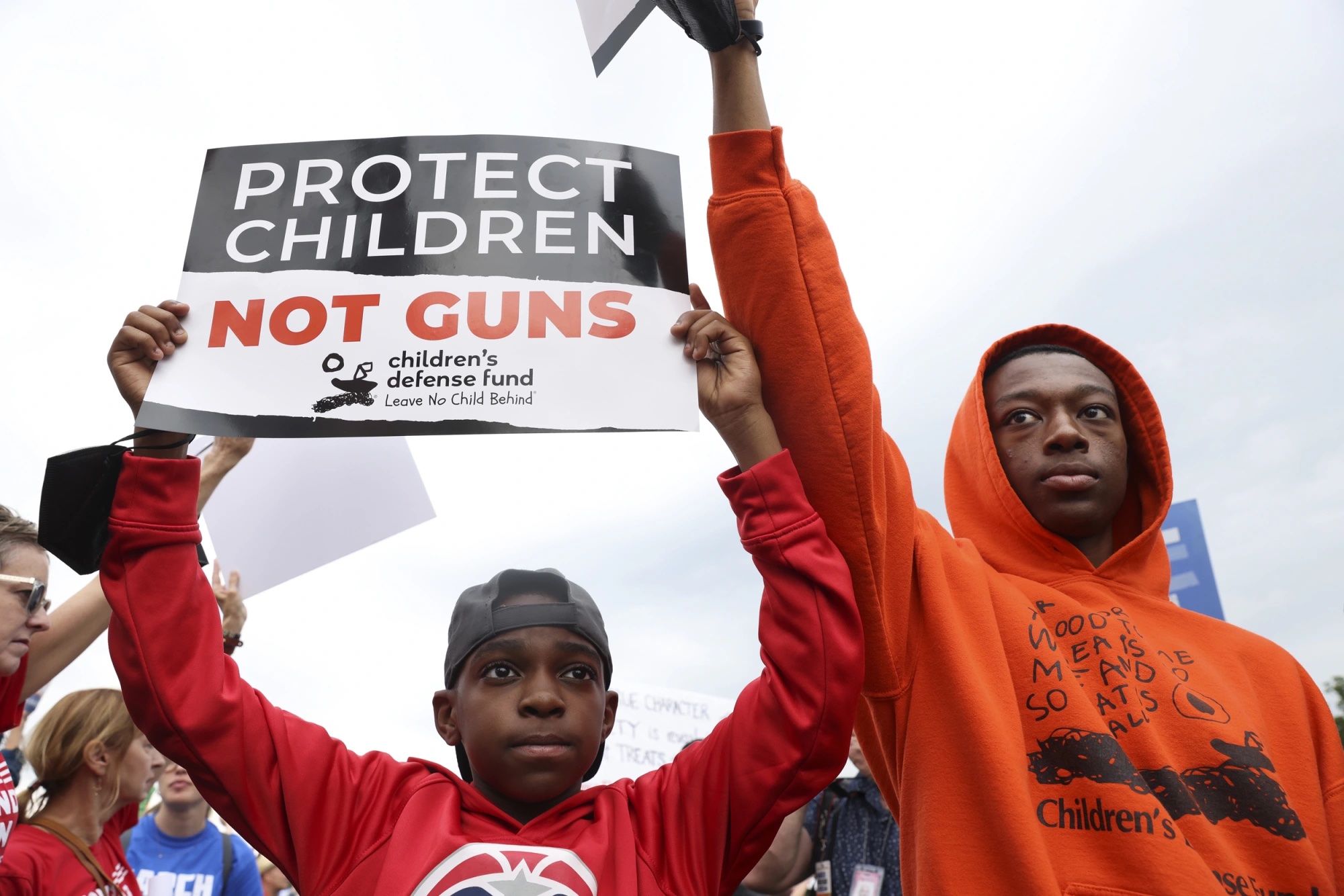Children in the U.S. are dying at higher rates than in other wealthy, developed countries. Research published in the journal JAMA Pediatrics highlights these “excess deaths” — the number of additional deaths among children under age 19 in the U.S. compared to similar countries. The estimate is a staggering 20,000 excess deaths per year, painting a grim picture of pediatric health in the country.
Dr. Steven Woolf, the study’s co-author and a professor of family medicine and population health at Virginia Commonwealth University School of Medicine, remarked, “The chances of a child surviving to age 20 are now decreasing after decades of progress.” This study calculated the median mortality rates for children in 16 countries outside the U.S., including Australia, Canada, Japan, and 13 European countries, from 1999 to 2019. By comparing these rates to those in the U.S. and multiplying the difference by the U.S. population size each year, the researchers identified significant disparities.
The study found that the U.S.’s high infant mortality rate partially explains the disparity, with babies under one year old accounting for more than half of the excess deaths. For children over a year old, factors like firearms, suicide, drugs, and car accidents contribute to the mortality gap. Despite significant progress in combating pediatric diseases like childhood leukemia and congenital birth defects, the U.S. continues to face high rates of preventable injury deaths.
High Infant Mortality in the U.S.
The U.S. records more than five infant deaths per 1,000 live births annually, a rate much higher than in other high-income countries, with Native American and Black infants particularly affected. Contributing factors include a relatively high rate of sudden infant death syndrome (SIDS), which claims around 2,500 U.S. infants each year, and a higher incidence of infant homicides compared to countries like England and Canada. Such homicides are often linked to abuse or neglect, including shaken baby syndrome.
Improving maternal health could help reduce infant mortality rates, suggested Marie Thoma, an associate professor of family science at the University of Maryland School of Public Health. Thoma noted that other high-income countries offer more support to mothers caring for newborns, such as midwifery care and home visits, which the U.S. lacks.
Guns, Suicides, and Drugs
The U.S. reliance on cars for transportation leads to more fatal accidents involving children compared to other countries. However, the more striking difference lies in the prevalence of gun ownership. The U.S. has the highest rate of gun ownership in the world, contributing to higher rates of child mortality from firearms.
Suicide rates among teens and young adults in the U.S. have also risen sharply, with a 62% increase in suicides among people ages 10 to 24 from 2007 to 2021. Woolf suggested that factors like online bullying and social media use may be contributing to this rise.
The opioid epidemic further exacerbates the U.S.’s high pediatric mortality rate. Regulatory differences between the U.S. and other countries have allowed dangerous products to be more prevalent. Pediatric deaths from fentanyl, for example, increased more than 30-fold between 2013 and 2021, according to a study by Julie Gaither, an assistant professor of pediatrics and public health at the Yale School of Medicine. Gaither noted that many fentanyl deaths occur in young children who accidentally ingest the drug.
Woolf emphasized that issues like suicide, drug use, and gun homicides escalated during the pandemic, worsening the U.S.’s position relative to other countries in terms of life expectancy and mortality rates. “Covid-19 poured fuel on the fire,” he said, highlighting the urgent need for interventions to address these critical issues.
By Impact Lab


